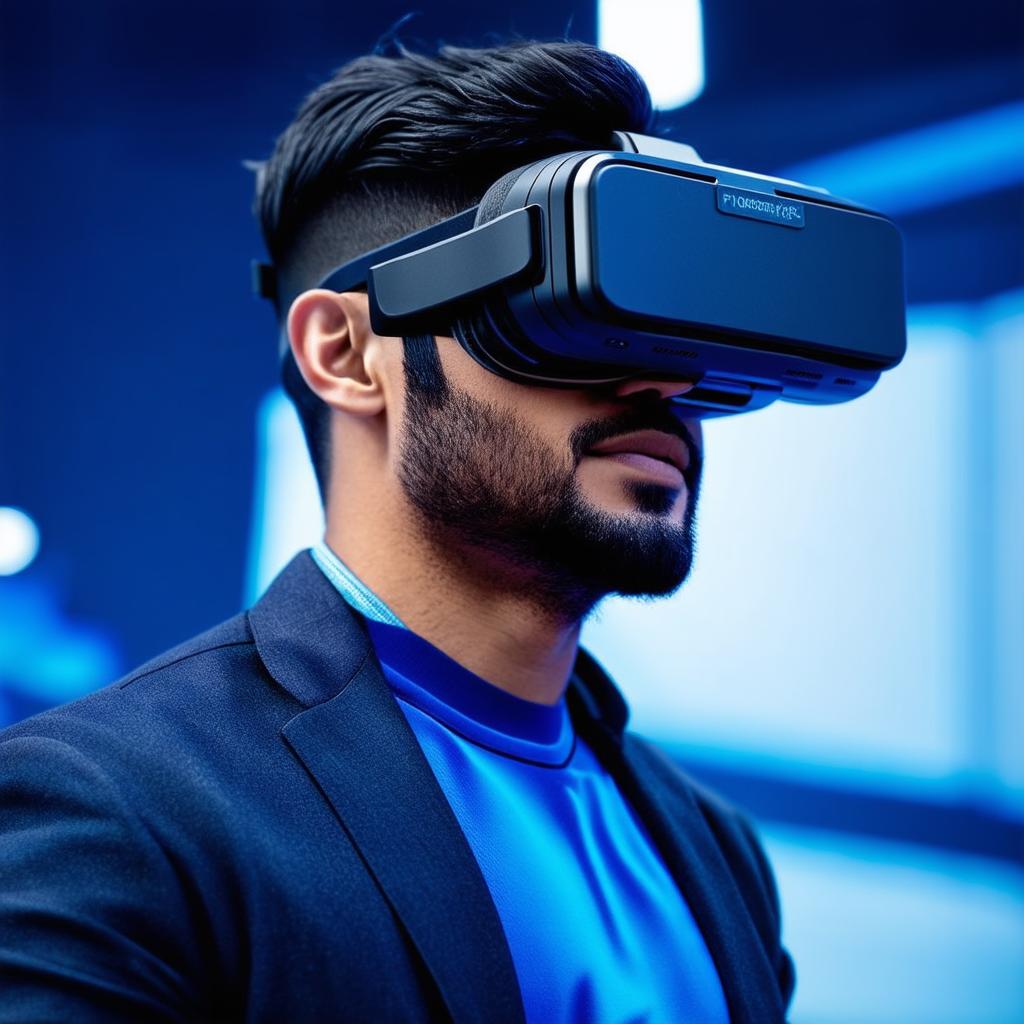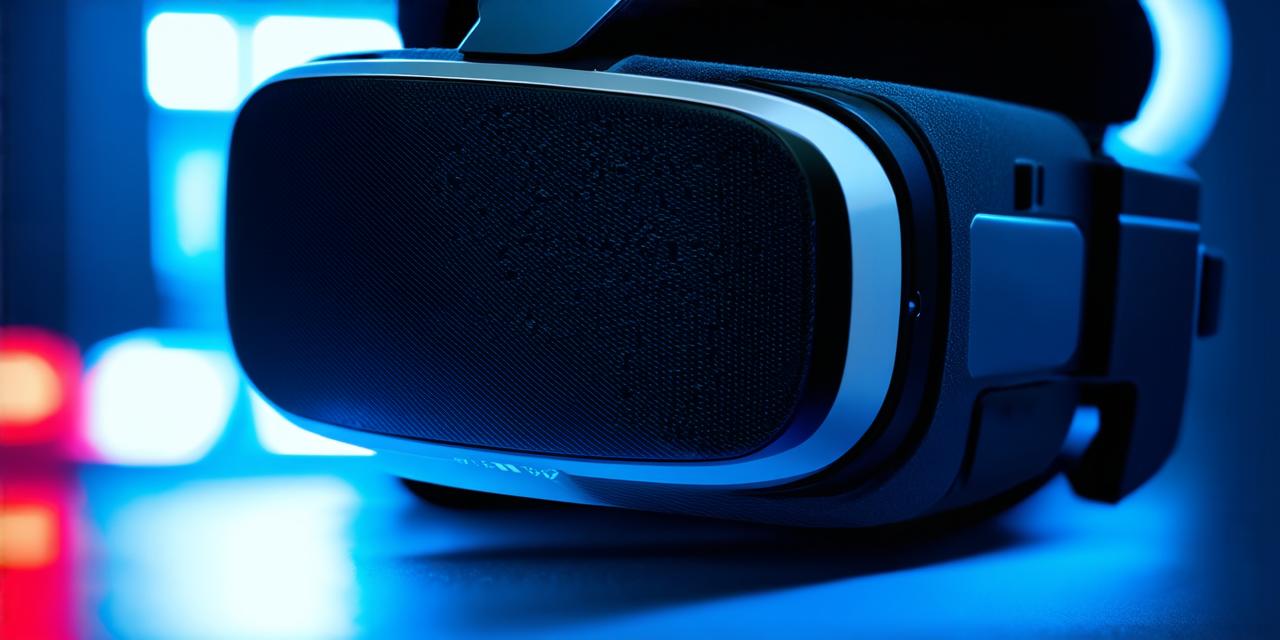Virtual reality (VR) headsets have become increasingly popular in recent years, offering users immersive gaming, educational, and therapeutic experiences. In this article, we will delve into how VR headsets function, from their components to the technology behind them.
Components of a VR Headset
A VR headset typically consists of several key components:

- Display: The display is the primary component that allows users to see the virtual environment. It usually consists of two screens, one for each eye, which are mounted on the headset.
- Sensors: Sensors track the movement of the user’s head and adjust the display accordingly. This allows the user to move around in a virtual environment and maintain their position in real life.
- Tracking System: The tracking system uses sensors to detect the user’s movements and adjust the display accordingly. It also allows the user to interact with virtual objects by using handheld controllers or other input devices.
- Headphone: The headphones provide audio feedback, allowing users to hear the sounds of the virtual environment.
- Power Supply: The power supply provides power to all the components of the VR headset.
Technology Behind a VR Headset
The technology behind VR headsets is based on computer-generated graphics and stereoscopic displays. Stereoscopic displays use two separate images, one for each eye, to create an illusion of depth. This allows the user to see objects in 3D and provides a more immersive experience.
The tracking system uses infrared sensors and cameras to track the movement of the user’s head. This data is then used by the VR software to adjust the display and provide a seamless experience. The software also takes into account the user’s position and adjusts the virtual environment accordingly, allowing the user to interact with objects in the virtual world.
Advancements in technology have also allowed for more advanced tracking systems, including motion capture and hand tracking. These technologies allow users to track their movements more accurately and interact with virtual objects in a more natural way.
Summary
Virtual reality headsets have come a long way since their early days, offering users immersive and interactive experiences that were once the realm of science fiction. With advancements in technology and increasing affordability, VR is becoming more accessible to people around the world. Understanding how VR headsets function can help you make informed decisions about which one to buy and how to use it effectively.
